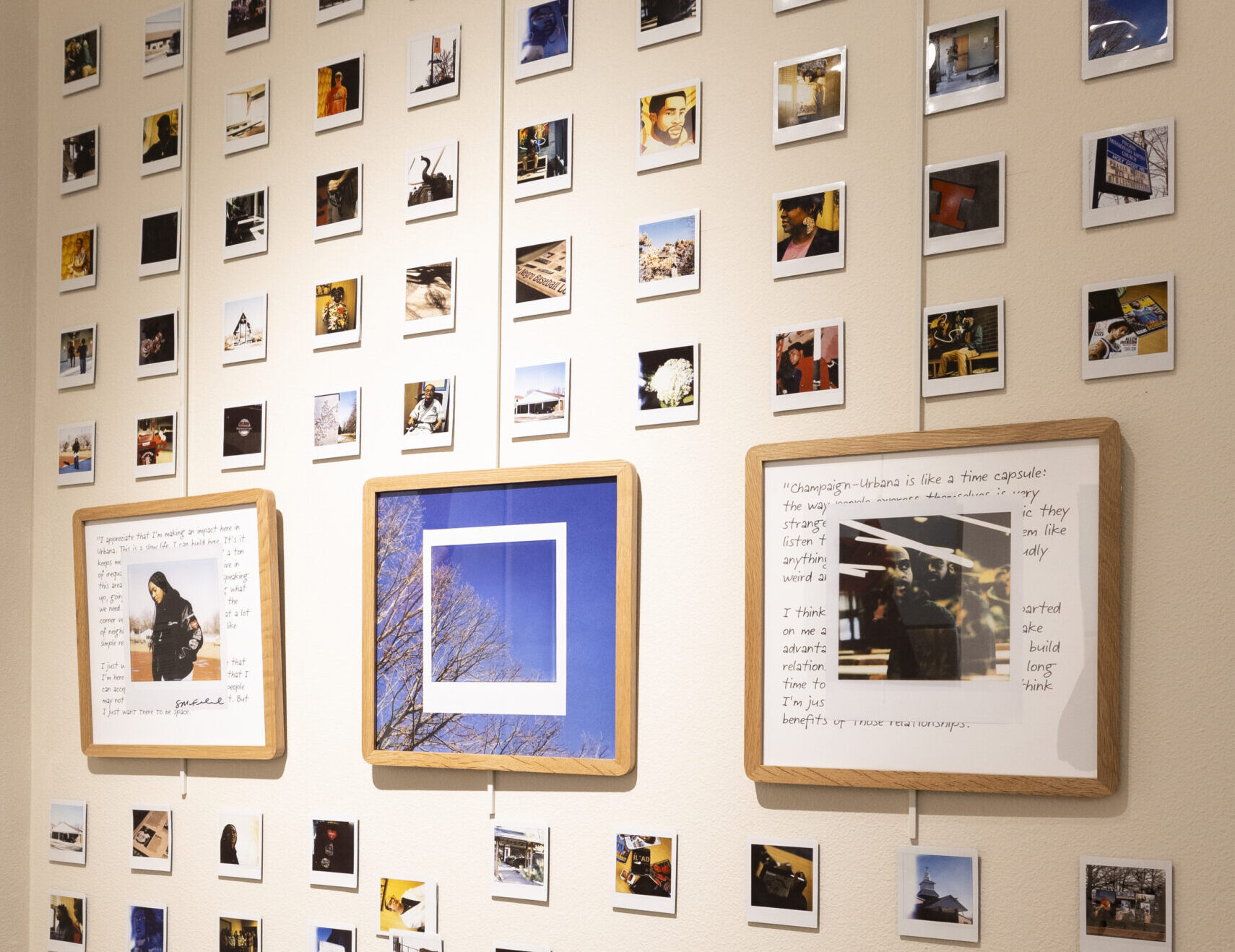Champaign-Urbana is a beautiful town that often flies under the radar unless you’re connected to the University of Illinois. As an artist based in Cincinnati, Ohio, I knew very little about it. That changed when I became an artist-in-residence at the local McKinley Foundation in January 2025.
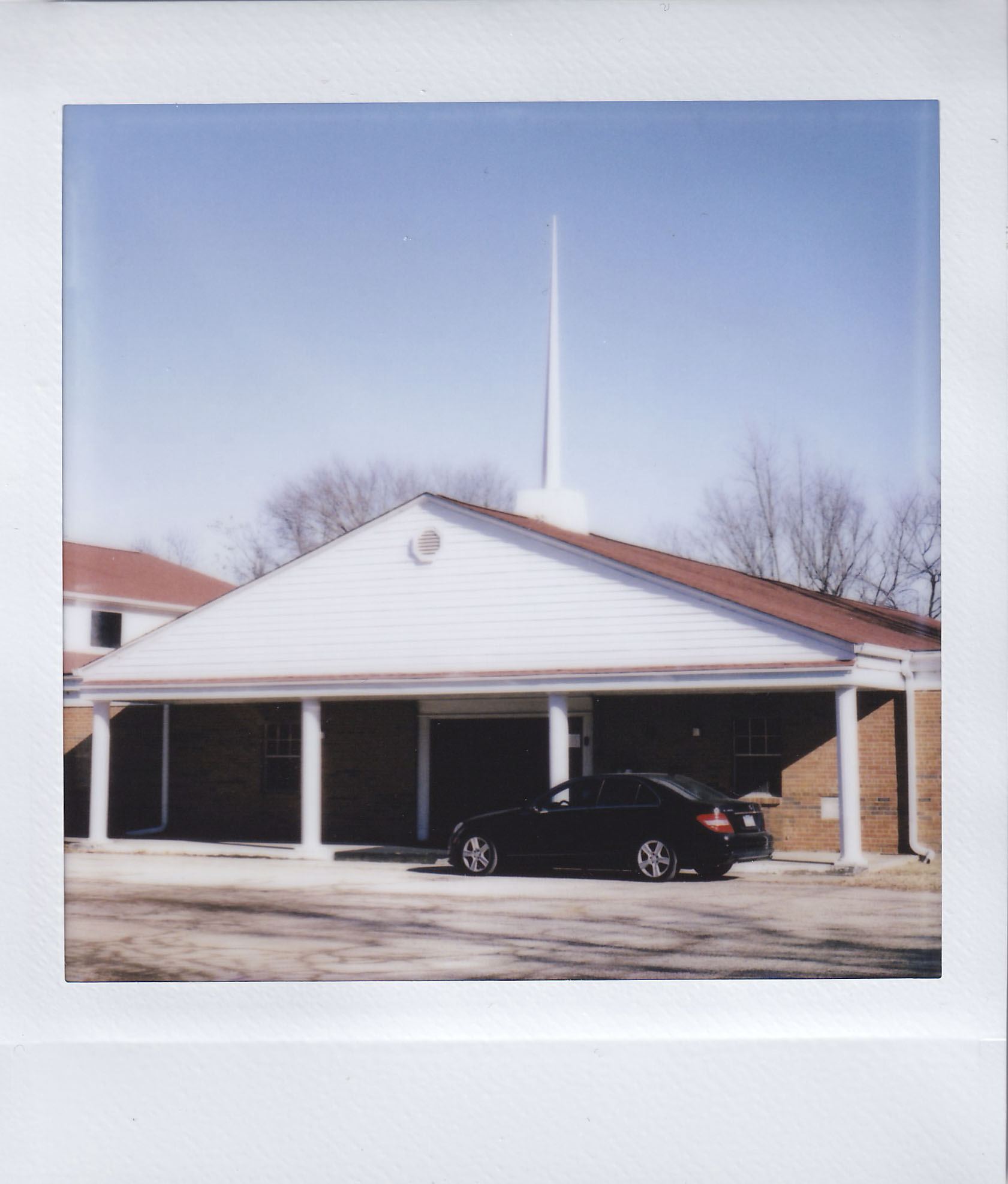
The residency was a month-long, open-ended practice designed to give artists time and space to explore the town and build new work for an exhibition.
I wanted to be intentional—making work that didn’t feel voyeuristic, but created for and with the community in mind. I saw space to highlight voices of Black and brown residents whose lives shape this place in quiet, vital ways.
As a photographer drawn to overlooked stories, I created Between Us, a photo-based project made up of instant film portraits and recorded interviews. Rather than chasing big moments, I was drawn to the everyday: neighbors chatting, artists working, people carving out space for one another. Instant film felt like the right format—warm, imperfect, and deeply human. I wanted it to feel real.
Because this wasn’t a community I was familiar with, building trust was important. Before arriving, I spent weeks calling residents, learning about their ties to the town. Once I got there, I spent time interviewing 15 residents from different walks of life.
Two conversations, in particular, stayed with me.
Huey Metropolis
Huey Metropolis is a multimedia artist originally from Chicago, Illinois, who draws heavily from basketball and street culture in his work. His artist name, “Metropolis,” is a nod to both comic books and love of music.
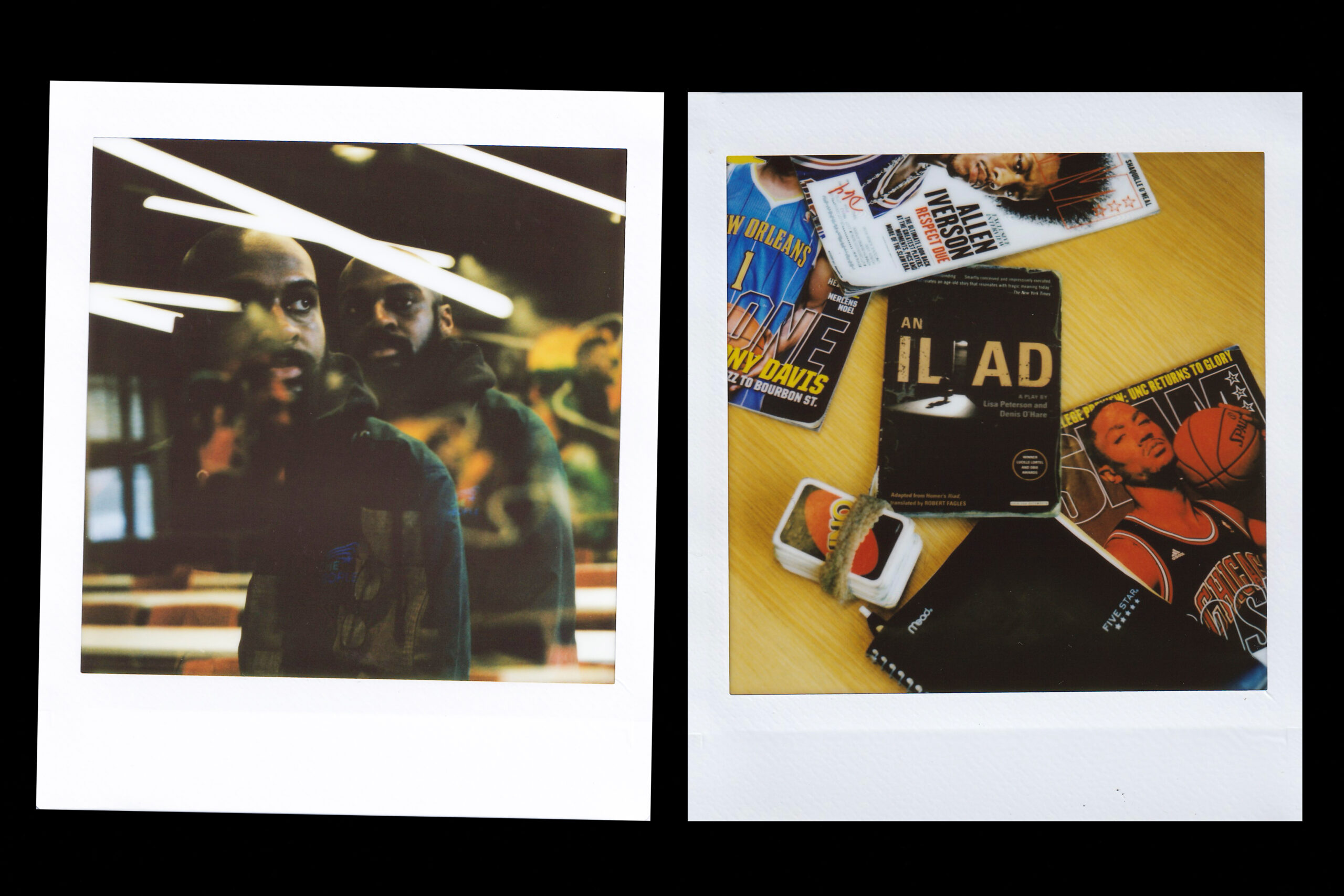
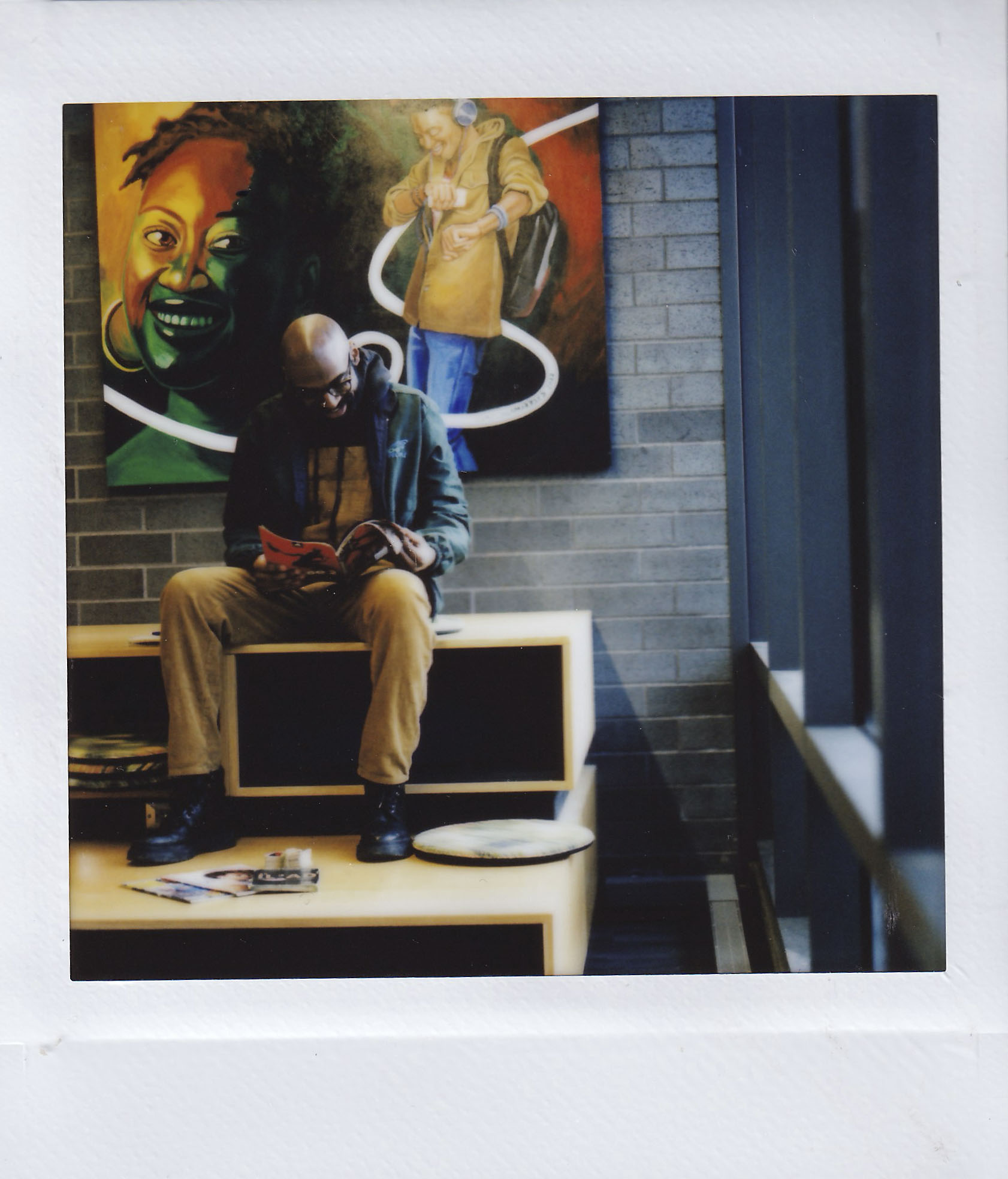
We talked about his early relationship with art, what he hopes to accomplish, and how he ended up in Champaign-Urbana. He also spoke candidly about how his perception of the town has evolved over time.
“I’m not going to lie, this place felt kind of boring to me when I first moved here. It was one of the first times (coming from Chicago) that I really felt like I was a minority. My dad is an alum from this school, so I wanted to give it a chance,” he said.
“Over time, it grew on me. I learned that Champaign-Urbana is like a time capsule.” The artist explained: “The music, the styles—it doesn’t feel like 2025. Being a college town, it doesn’t feel real in a way. It isn’t as fast-paced as a larger city and somewhat removed from reality…
In all honesty, that’s changed me for the better. Being in the city, I was always moving on to the next thing, trying to progress as an artist and getting ahead of myself, but being here has forced me to slow down and enjoy each moment.”
Shannon McFarland
Later that week, I walked through McFarland Field with Shannon McFarland, a local leader focused on youth empowerment through sports, media, and education. The newly renovated park is named after her family, honoring their long-standing contributions to the town.
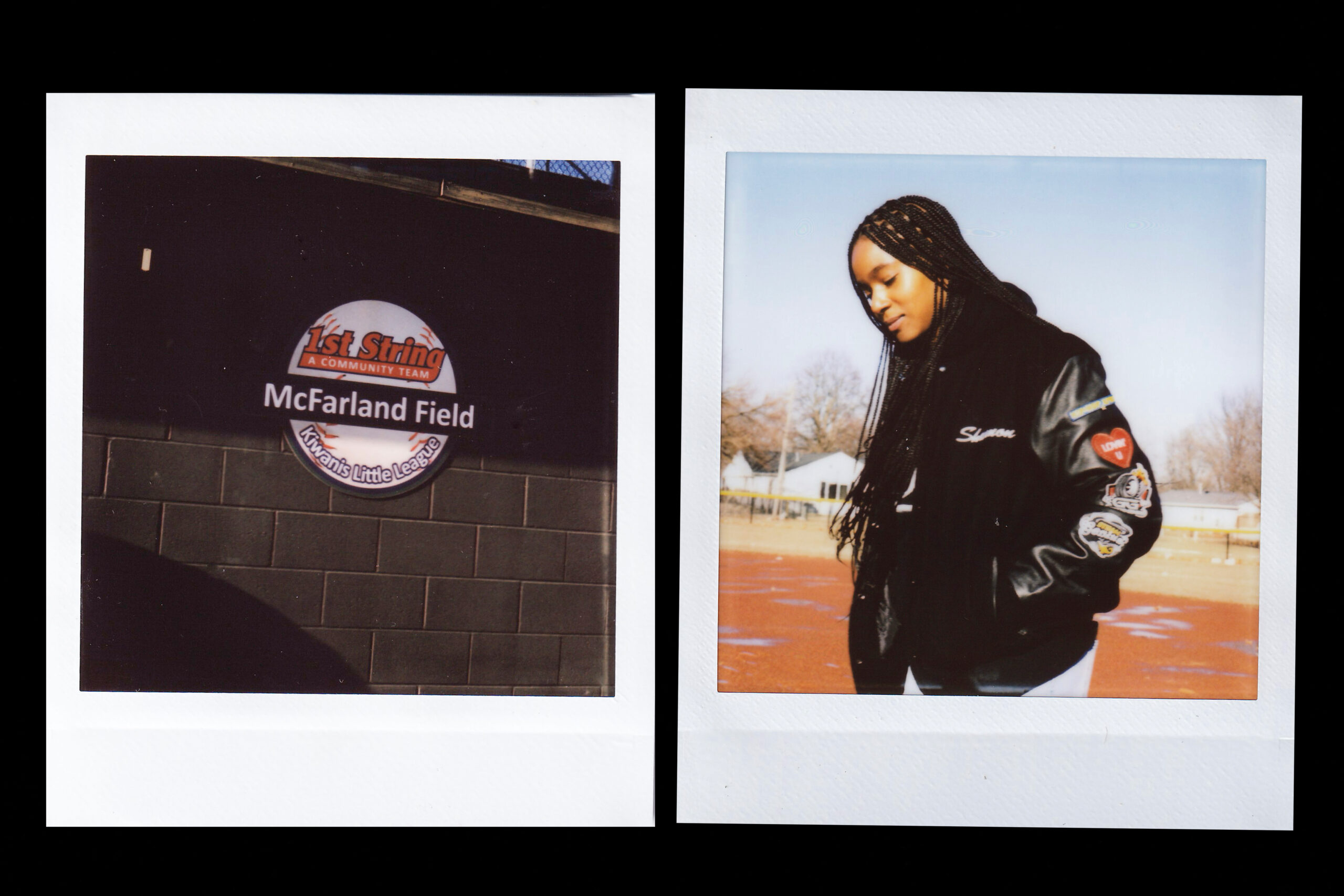

Shannon’s perspective stood out to me because her work is independent of the university, yet she’s actively shaping the town’s future through her focus on youth.
Her vision for the town is grounded in equity and growth. She runs youth programs that combine recreational sports with STEM and tech workshops in collaboration with local libraries and community centers.
“There’s still a ton of inequality… but there’s time. I just want there to be space—for change, even if not everyone understands it,” she said.
These stories—along with many others from the residency—culminated in a final exhibition wall: a collage of photographs and excerpts from interviews. The resulting portrait of Champaign-Urbana honored its nuance, inviting residents, both inside and outside the university bubble, to see their home through one another’s eyes.
